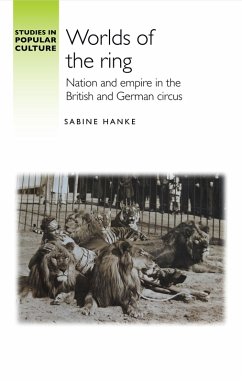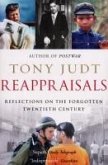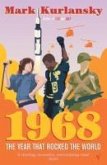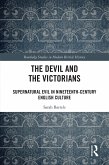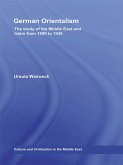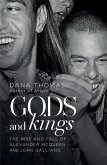Worlds of the ring is a groundbreaking exploration of the interwar European circus scene. Focusing on the German Sarrasani and British Bertram W. Mills' circuses, it examines how these enterprises animated the nation and its others for popular audiences - and highlights the correlation between the modern circus's evolution and modes of imperialism and nationalism.
Circuses and their grand arenas shaped the entertainment industry between the wars, and excited both small-town and big-city audiences. The book looks at this cultural history of European circuses between 1918 and 1945 from a transnational perspective. Through the lives of different people involved in the industry, it illustrates how the interwar era's interrelated international and national forces shaped the modern circus. It probes the mechanisms at play in depicting foreign and exotic worlds in the circus through the concept of Orientalism, and contributes a new and timely perspective to current debates on race, ethnicity and cultural impacts of empire.
Based on a variety of sources including newspapers, legal documents, advertisements, economic correspondence, photographs and performers' archives, the volume offers a new understanding of circus as a form of interwar popular culture; its globalising forces; and the circus's ties to European imperialism at the beginning of the twentieth century. It makes an original and significant contribution to the history of popular culture and extends the understanding of cultural globalisation in the interwar era.
Circuses and their grand arenas shaped the entertainment industry between the wars, and excited both small-town and big-city audiences. The book looks at this cultural history of European circuses between 1918 and 1945 from a transnational perspective. Through the lives of different people involved in the industry, it illustrates how the interwar era's interrelated international and national forces shaped the modern circus. It probes the mechanisms at play in depicting foreign and exotic worlds in the circus through the concept of Orientalism, and contributes a new and timely perspective to current debates on race, ethnicity and cultural impacts of empire.
Based on a variety of sources including newspapers, legal documents, advertisements, economic correspondence, photographs and performers' archives, the volume offers a new understanding of circus as a form of interwar popular culture; its globalising forces; and the circus's ties to European imperialism at the beginning of the twentieth century. It makes an original and significant contribution to the history of popular culture and extends the understanding of cultural globalisation in the interwar era.
Dieser Download kann aus rechtlichen Gründen nur mit Rechnungsadresse in A, D ausgeliefert werden.

